Leopard geckos are fascinating creatures that communicate through a variety of unique behaviors that might seem mysterious to new owners. From the curious habit of tail waving to their tendency to lick everything in sight, these small reptiles have a rich behavioral repertoire that helps them survive and thrive. Understanding these behaviors not only enhances the bond between pet and owner but also ensures proper care and early detection of potential health issues. In this comprehensive guide, we’ll decode the secret language of leopard gecko behavior, examining what each action means and how you should respond as a responsible gecko keeper.
The Basics of Leopard Gecko Communication
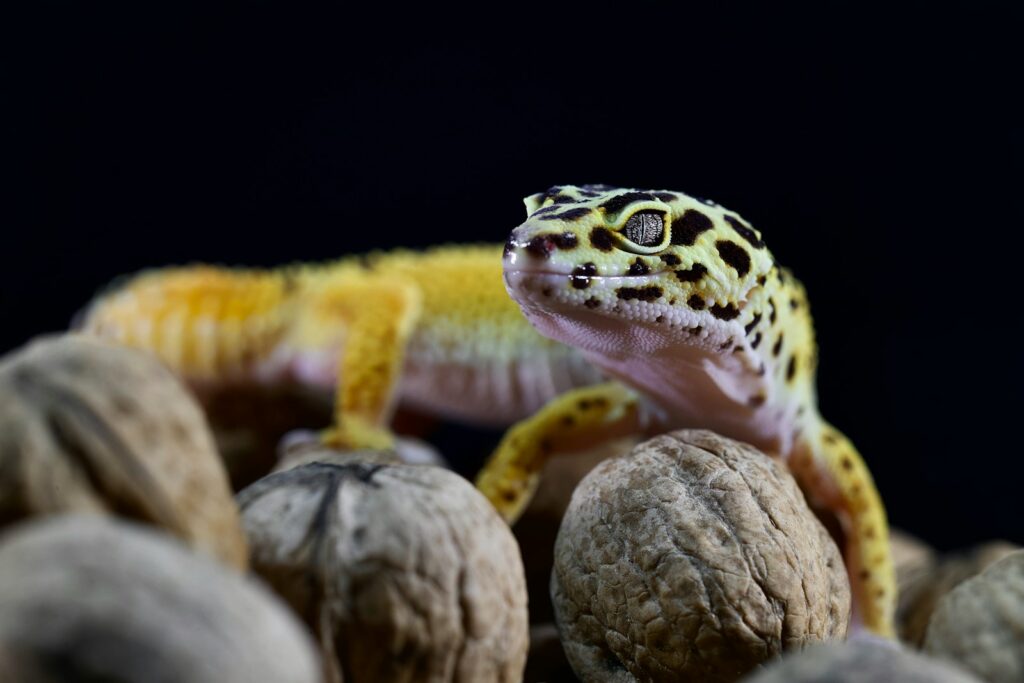
Unlike mammals that use vocalizations as their primary form of communication, leopard geckos rely heavily on body language to express their needs and emotions. They’re primarily visual and chemical communicators, using postures, movements, and pheromones to interact with their environment and other geckos. Though they can produce some sounds, particularly a chirping or squeaking noise when excited or threatened, most of their communication is silent. As a leopard gecko owner, developing an observant eye for these subtle cues will help you better understand your pet’s needs and emotional state. This non-verbal communication system has evolved over millions of years to be remarkably effective in the wild habitats of Pakistan, India, and Afghanistan where these reptiles originate.
Tail Waving: What It Really Means
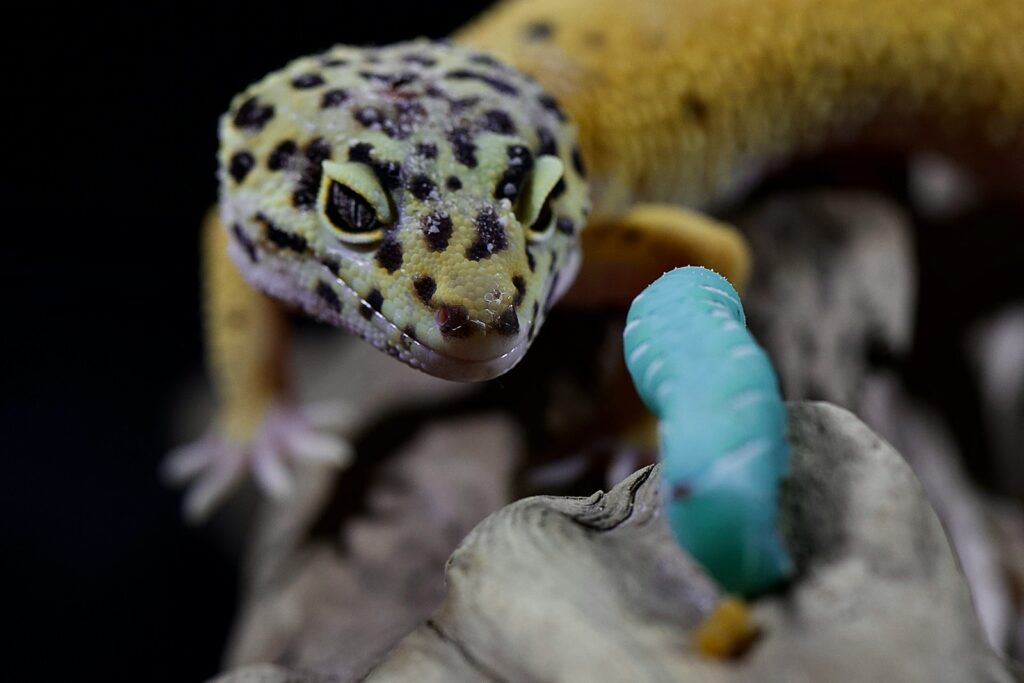
When a leopard gecko slowly waves its tail from side to side in a deliberate, snake-like motion, it’s typically displaying a defensive warning signal. This behavior, often observed before a gecko feels threatened enough to drop its tail (autotomy), serves as a distraction mechanism to potential predators. The waving motion draws attention to the tail rather than the gecko’s vital body parts, giving it a better chance of escape if attacked. In captivity, tail waving often indicates that your gecko feels insecure or threatened by something in its environment—perhaps a sudden movement, another pet, or even your hand approaching too quickly. If you notice frequent tail waving, it’s important to evaluate your gecko’s habitat and handling techniques to reduce stress. Unlike the rapid tail vibration that indicates excitement or hunting mode, slow tail waving should always be taken as a sign that your gecko needs more space or feels unsafe.
Licking Behavior: More Than Just Taste
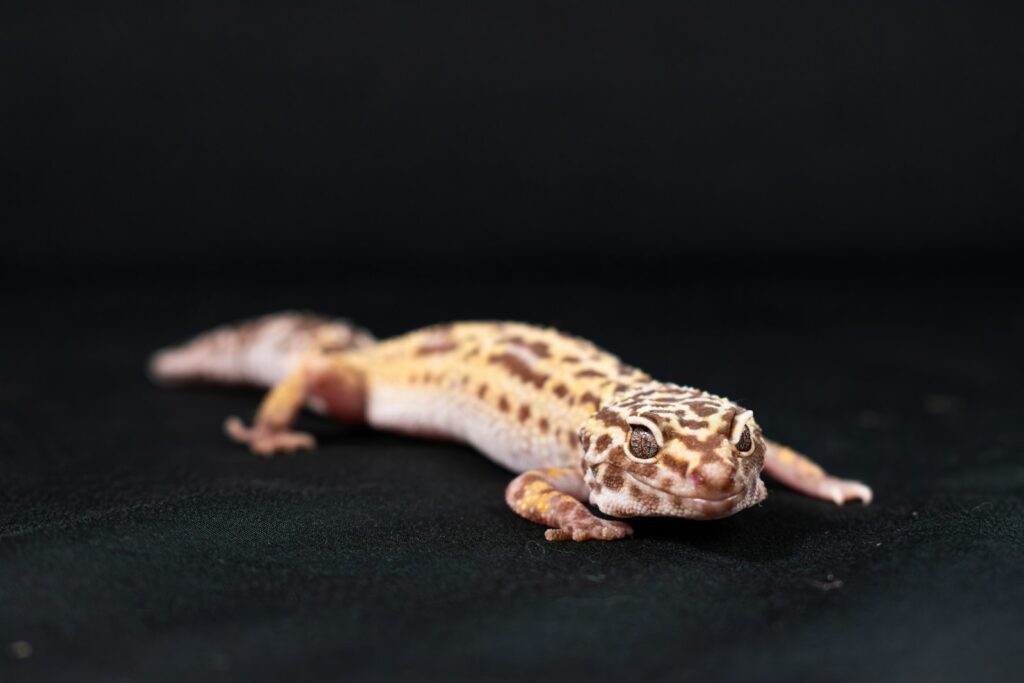
One of the most common behaviors observed in leopard geckos is their frequent licking of surfaces, objects, and even their owners. This behavior is far more significant than simple curiosity or hunger. Leopard geckos possess a specialized olfactory organ called the Jacobson’s organ (or vomeronasal organ) located in the roof of their mouth. When they lick something, they’re actually collecting scent particles that they then transfer to this organ for analysis, effectively “tasting” their environment to gather information. This behavior helps them identify food, recognize territorial markings, find potential mates, and detect predators. When your gecko licks your hand, it’s familiarizing itself with your scent and determining if you’re a threat, food, or just part of its environment. This chemical sampling is one of the primary ways leopard geckos make sense of their world, compensating for their limited vision, especially in low-light conditions where they’re naturally most active.
Barking and Vocalizations: The Gecko’s Voice
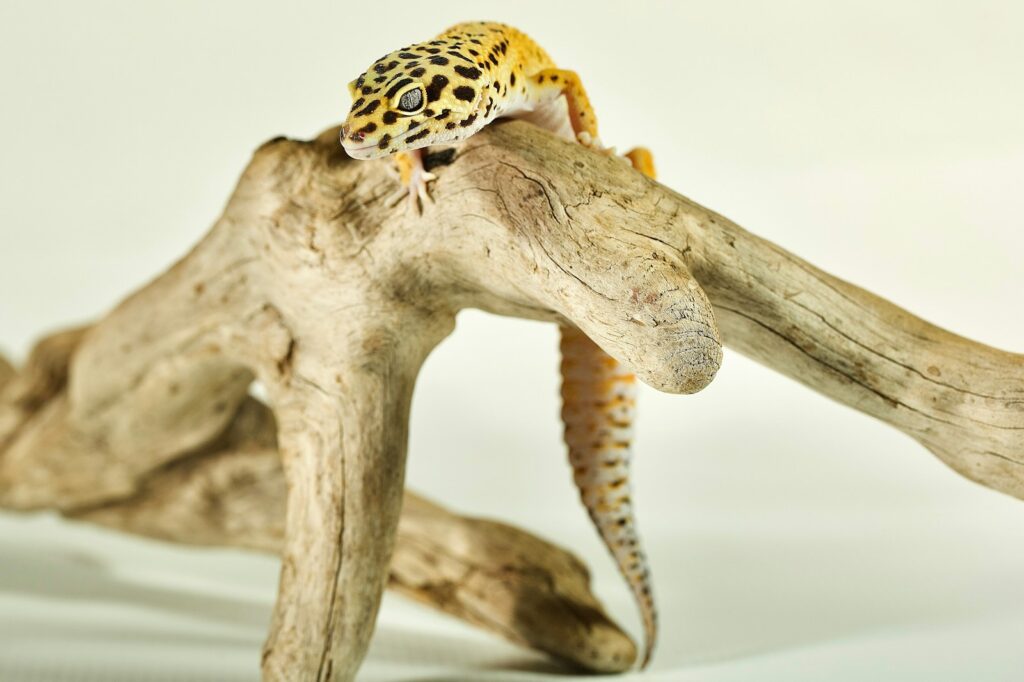
Despite their reputation as silent pets, leopard geckos are capable of producing a surprising variety of vocalizations under specific circumstances. The most commonly heard sound is a chirping or “barking” noise, which typically indicates distress, fear, or aggression. These sounds are relatively rare in well-adjusted captive geckos but may occur during territorial disputes, rough handling, or when they feel cornered. Some owners also report hearing a soft squeaking sound during feeding or when geckos are particularly excited. Male leopard geckos may vocalize more frequently during breeding season as part of their territorial behavior. Unlike some reptiles that hiss when threatened, a leopard gecko’s vocalizations are high-pitched and often quite brief. If your typically quiet gecko suddenly becomes vocal, it’s usually a sign of significant discomfort that shouldn’t be ignored, as healthy, content leopard geckos are predominantly silent creatures.
Tail Rattling and Vibrating: Signs of Excitement
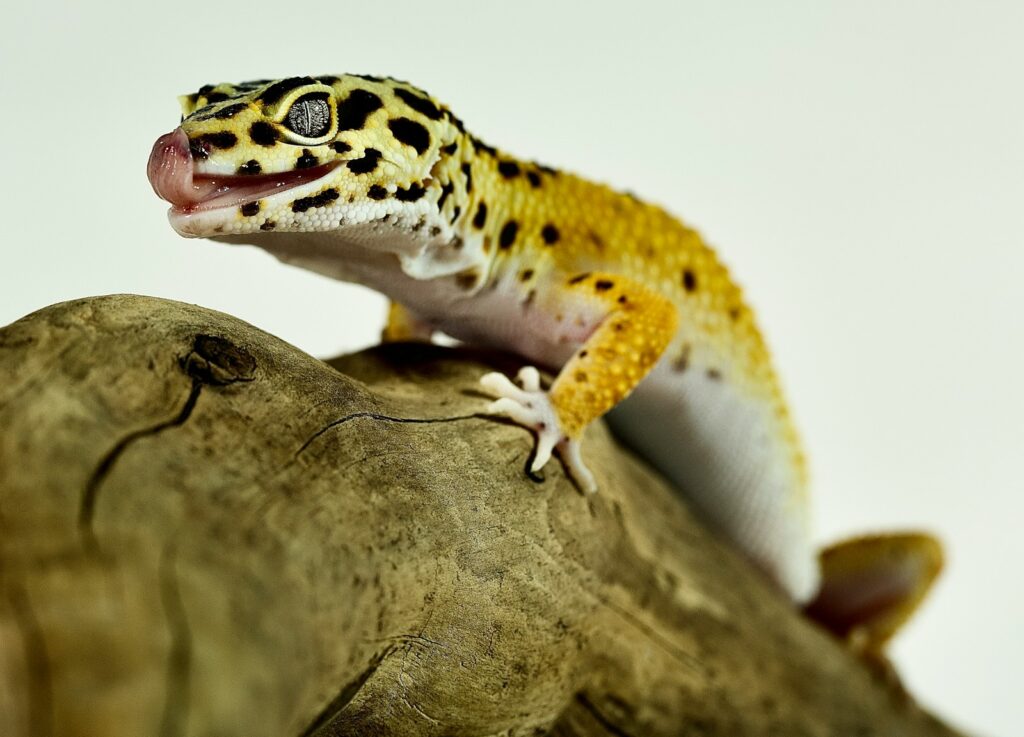
When a leopard gecko rapidly vibrates or rattles its tail against the ground, it’s displaying one of its most misunderstood behaviors. Unlike tail waving, which signals defensiveness, tail vibrating typically indicates excitement or heightened alertness, particularly during hunting and mating. Male geckos often vibrate their tails rapidly when approaching females during breeding season, serving as part of their courtship display. This behavior is also commonly observed just before a gecko strikes at prey, suggesting it may help the gecko focus or prepare for the quick movement needed to capture food. Some experts believe this behavior might also serve to mesmerize or confuse prey, similar to how some snakes use tail vibrations. As an owner, tail vibrating is generally a positive sign indicating your gecko is engaged with its environment, provided it’s occurring in appropriate contexts like feeding time. However, if tail vibrating happens constantly or is accompanied by stress behaviors, it might indicate overstimulation or nervousness.
Body Posture and Stance: Reading Your Gecko’s Mood
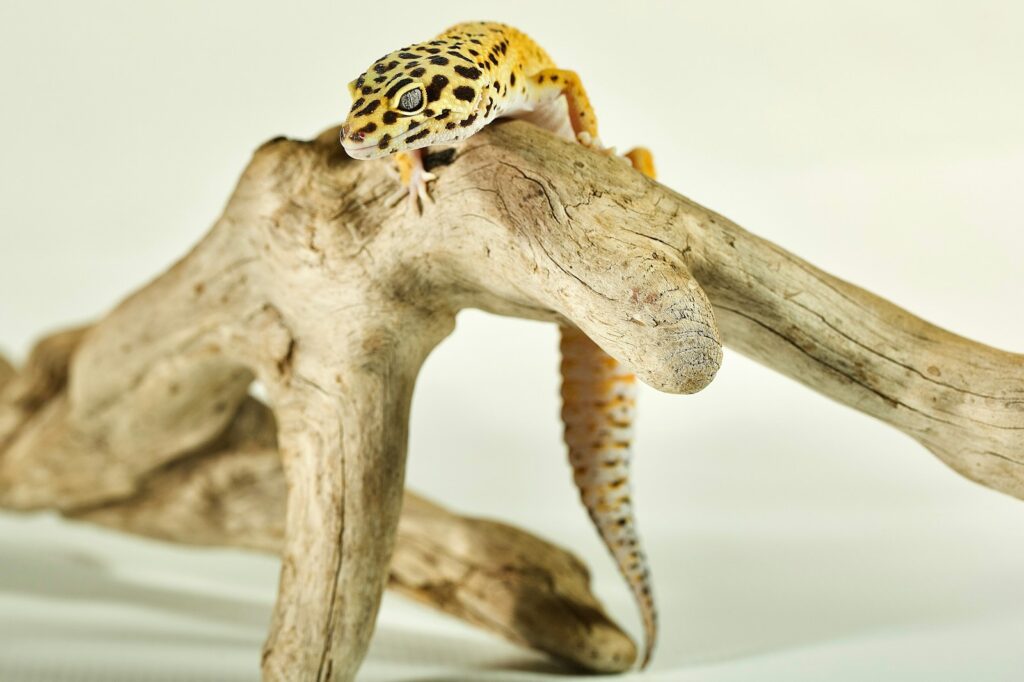
A leopard gecko’s body posture provides clear insights into its emotional state and intentions. A relaxed gecko typically holds its body low to the ground with its tail flat or slightly curved, moving calmly and deliberately. When alert or curious, they’ll often raise their head and upper body, sometimes standing tall on all four legs to get a better view of something interesting. Stress or fear manifests as a stiffened posture with legs straightened, pushing the body higher off the ground in preparation for a quick escape. An aggressive or defensive stance includes arching the back, raising the tail, and sometimes opening the mouth in a threatening display. During territorial confrontations, geckos may stand tall with their bodies inflated to appear larger to rivals. Understanding these postural cues can help you gauge your gecko’s comfort level during handling and interaction, allowing you to adjust your approach accordingly. A gecko that consistently shows relaxed postures in your presence indicates successful bonding and proper habitat conditions.
Shedding Behaviors: Signs and Support Needs
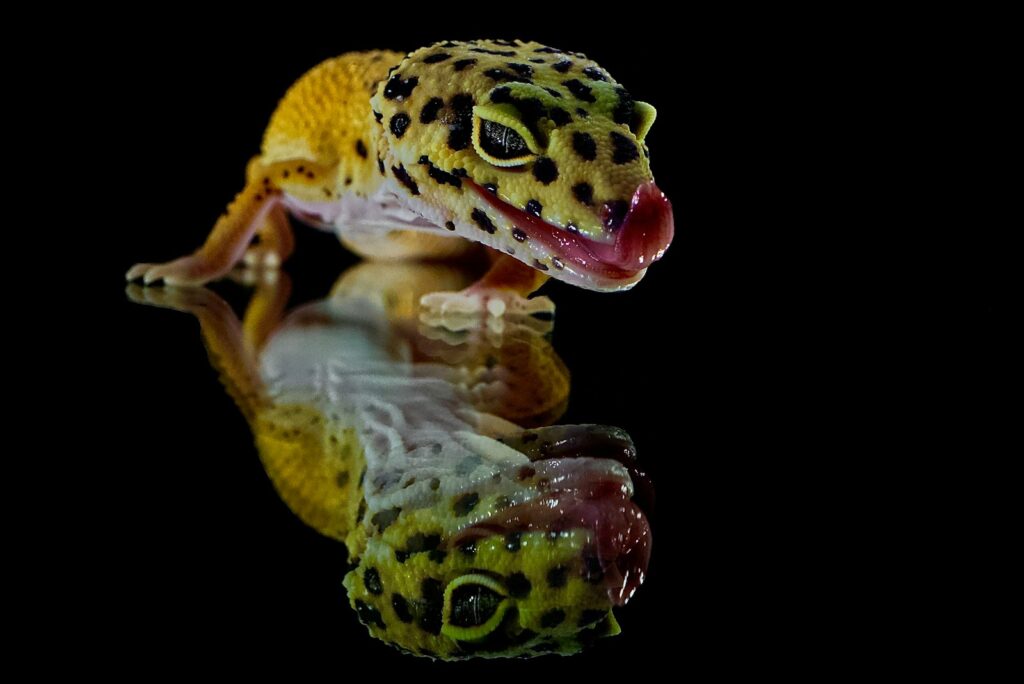
The shedding process triggers a series of distinctive behaviors in leopard geckos that are important for owners to recognize. In the days leading up to a shed, geckos often become less active and may refuse food as their skin becomes dull and grayish-white, particularly noticeable on their bellies. Many geckos seek out humid hideaways or spend more time in their moist hide boxes, helping to soften the skin. During active shedding, you’ll observe increased licking of their bodies, using their tongue to moisten the old skin. They also engage in peculiar stretching behaviors and rub against objects in their enclosure to help loosen and remove the shedding skin. A particularly characteristic behavior is when they pull the shed skin off their faces using their mouth, appearing to “eat” their shed (which they often do consume for the nutritional value). It’s crucial not to handle your gecko during this vulnerable time unless necessary, as the new skin underneath is sensitive and the process itself can be stressful. Providing proper humidity and rough surfaces in the enclosure will support natural shedding behaviors and prevent problematic stuck sheds.
Basking and Thermoregulation Behaviors

As ectothermic animals, leopard geckos display fascinating behaviors related to temperature regulation that are essential to their health. You’ll often observe your gecko deliberately moving between different temperature zones in its enclosure throughout the day. In the morning, many geckos engage in extended basking sessions under their heat source, flattening their bodies against the warm surface to maximize heat absorption. This pancake-like posture increases the body surface exposed to heat and helps them warm up more efficiently. When they’ve reached their preferred body temperature, geckos become more active and begin exploring or hunting. Conversely, when they need to cool down, they’ll retreat to the cooler side of the enclosure or hide in shaded areas. Some geckos may dig into the substrate to find cooler temperatures, especially if the enclosure becomes too hot. These thermoregulation behaviors follow natural circadian rhythms, and any significant changes in these patterns might indicate temperature issues in the habitat or potential health problems.
Hunting and Feeding Behaviors
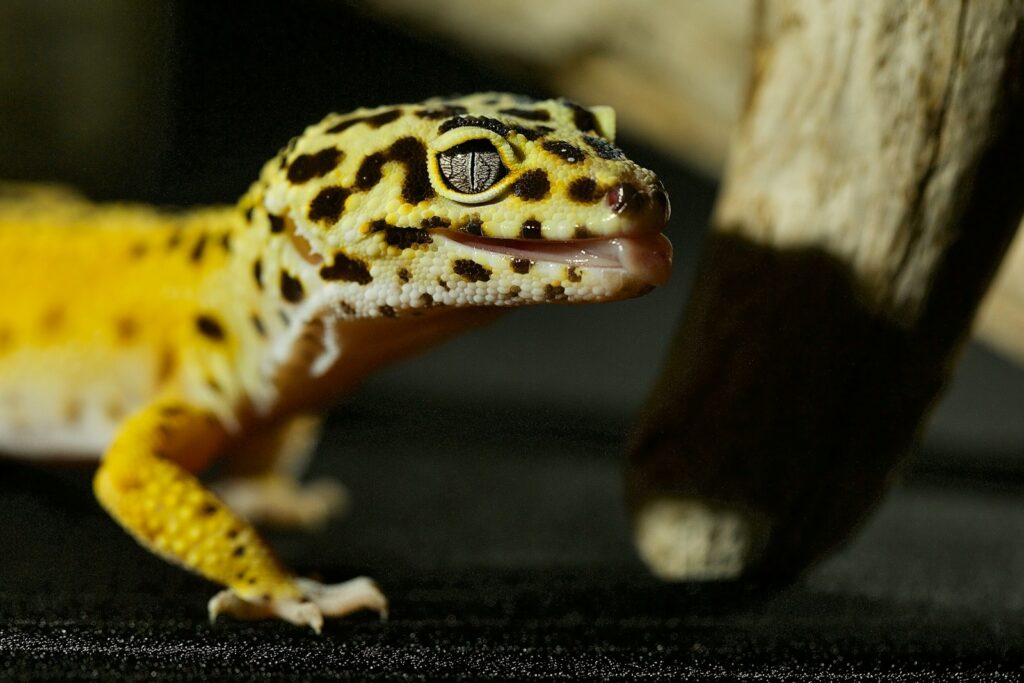
Leopard geckos exhibit fascinating predatory behaviors that showcase their evolutionary adaptations as insectivorous hunters. When they detect prey, their body language transforms dramatically – they lower their body close to the ground, focus intently on the moving insect, and may perform the characteristic tail vibration mentioned earlier. This hunting stance is followed by a remarkably quick strike where they lunge forward to capture prey with surprising speed and accuracy. After catching an insect, leopard geckos often shake it vigorously to subdue it before consumption. Unlike many other reptiles that swallow prey whole, leopard geckos have strong jaws that allow them to crush insects before swallowing, sometimes making audible crunching sounds during feeding. They’re primarily ambush hunters, preferring to wait patiently for prey to come within striking distance rather than actively chasing it around the enclosure. This natural hunting behavior provides crucial mental stimulation, which is why many experts recommend feeding live insects rather than pre-killed prey when possible.
Social Interaction: Myths and Realities
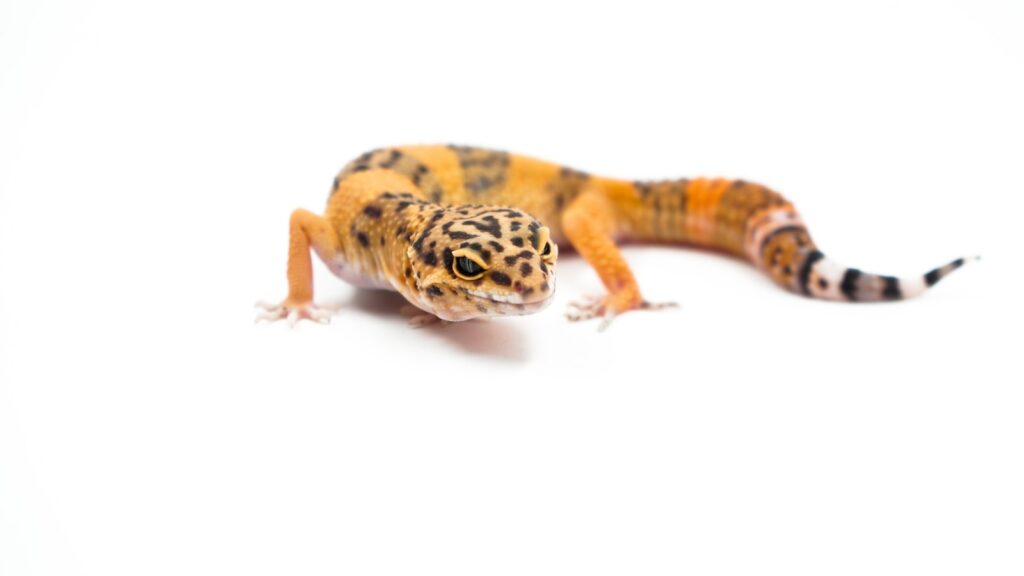
Contrary to some common misconceptions, leopard geckos are not truly social animals and do not form bonds with other geckos in the wild. In captivity, housing multiple leopard geckos together often results in dominance behaviors and stress, particularly among males who are highly territorial. These behaviors include aggressive tail waving, biting, chasing, and preventing subordinate geckos from accessing resources like food, water, and optimal basking spots. Females may coexist more peacefully in sufficiently large enclosures with multiple hides, but careful monitoring is still necessary. However, leopard geckos can develop what appears to be recognition of their human caretakers over time. Many owners report their geckos responding differently to them compared to strangers, sometimes approaching the front of the enclosure when their regular caretaker enters the room. This isn’t social bonding in the mammalian sense but rather habituation and association of the owner with positive experiences like feeding or gentle handling. Understanding these natural behavioral tendencies helps prevent the anthropomorphizing that can lead to inappropriate housing arrangements and unnecessary stress for these solitary reptiles.
Digging and Substrate Interaction
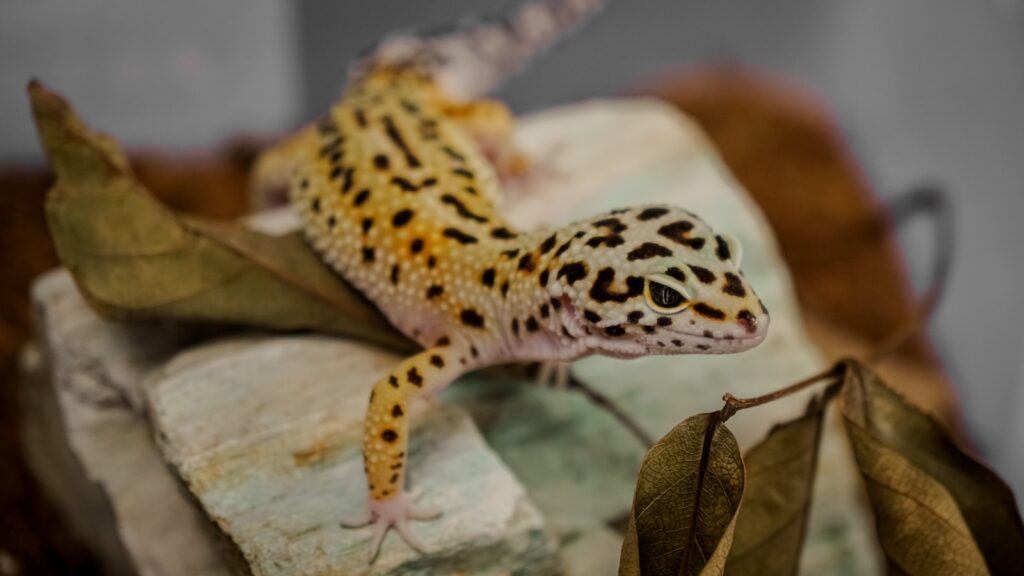
Leopard geckos have a natural instinct to dig and burrow, behaviors that serve multiple purposes in both wild and captive environments. In their natural arid habitats, leopard geckos dig to create cool retreats during hot days, establish secure hiding spots from predators, and sometimes to create nesting sites for egg-laying females. In captivity, you might observe your gecko actively digging in its substrate, particularly in corners or against the sides of the enclosure. This behavior is especially common among females approaching breeding season, who may dig test burrows even without mating. Some geckos develop preferences for specific substrate textures, with many particularly enjoying digging in slightly moist substrates that hold their shape better than completely dry ones. Providing an appropriate loose substrate at least 2-3 inches deep in at least part of the enclosure allows for the expression of these natural behaviors. However, if your gecko suddenly begins excessive digging or appears frantic in its digging behavior, it might indicate stress, improper temperatures, or in females, the urgent need for a laying box if they’re gravid with eggs.
Glass Surfing: Understanding This Common Behavior
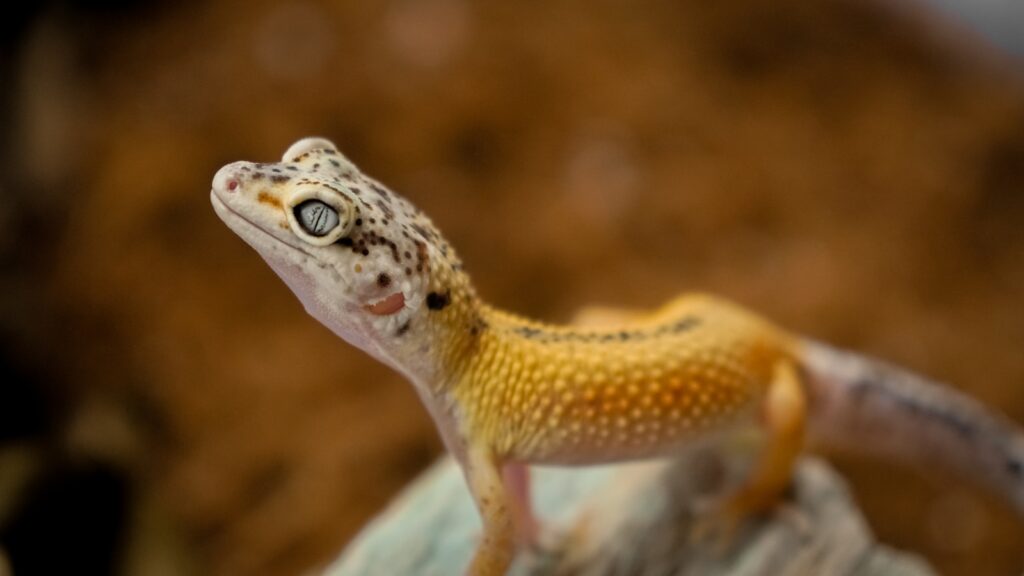
One of the most frequently observed behaviors in captive leopard geckos is “glass surfing” or “wall climbing,” where the gecko repeatedly attempts to climb the glass walls of its enclosure. This behavior often puzzles new owners who wonder if their pet is trying to escape or is unhappy with its environment. Glass surfing can indicate several different things, depending on context and frequency. New geckos often glass surf as they explore and attempt to understand the boundaries of their environment, usually settling down after a few days of acclimation. Persistent glass surfing, however, might indicate environmental stressors such as improper temperatures, insufficient hiding spots, or the presence of intimidating animals outside the enclosure (including the reflection of the gecko itself in the glass, which it might perceive as another gecko). During breeding season, both males and females may increase this behavior as they would naturally range farther in search of mates. If your gecko frequently glass surfs while focusing on something outside the enclosure, consider relocating the habitat to a less stimulating area. Providing more environmental enrichment, climbing opportunities, and ensuring proper habitat setup can also help reduce this behavior.
Stress Behaviors: Recognition and Response
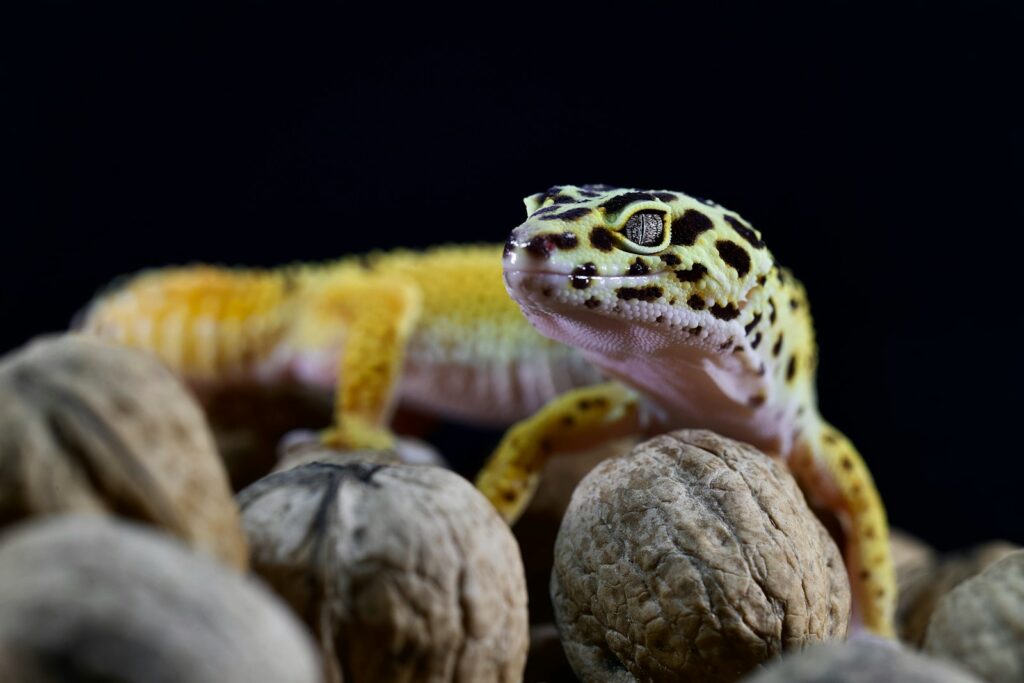
Recognizing stress behaviors in leopard geckos is essential for their health and wellbeing, as chronic stress can suppress the immune system and lead to serious health complications. A stressed leopard gecko may exhibit rapid breathing, with its sides visibly puffing in and out at an accelerated rate compared to its normal breathing pattern. Excessive hiding, where your typically active gecko suddenly refuses to emerge even during its usual active periods, often indicates significant discomfort with its environment. Stress marks—dark bands or spots appearing on the gecko’s light-colored belly—are direct physical manifestations of stress that may appear during handling, after introduction to a new environment, or during conflicts with cage mates. Loss of appetite extending beyond a few days (except during shedding or brumation) can also signal stress or associated health problems. When these signs appear, it’s important to evaluate all aspects of husbandry including temperature gradients, humidity levels, hiding options, substrate type, and potential sources of disturbance around the enclosure. Minimizing handling until the gecko appears more comfortable and ensuring the habitat meets all its natural needs are the first steps in addressing stress behaviors.
Interpreting Leopard Gecko Body Language During Handling
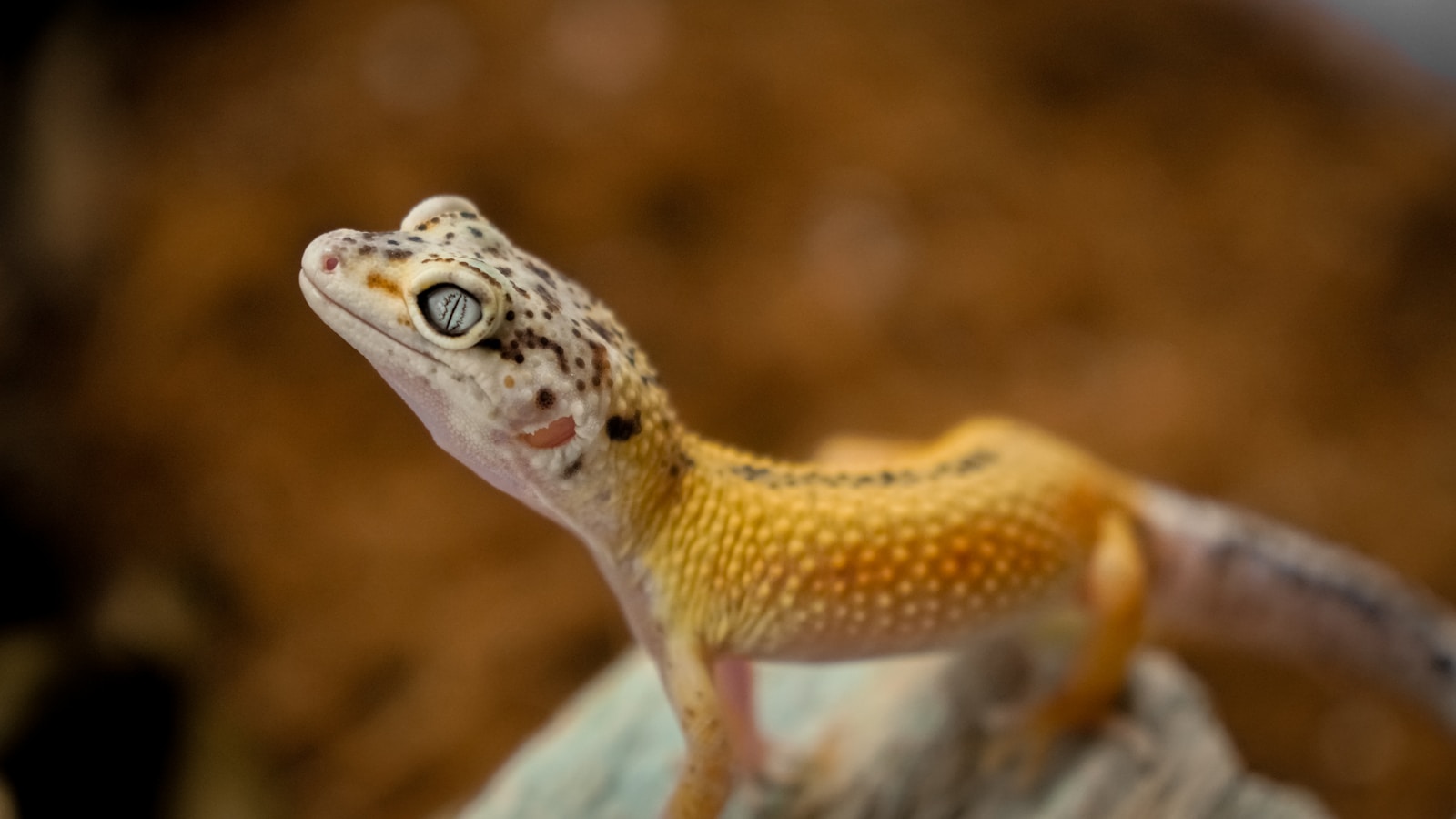
Successful handling of leopard geckos relies heavily on understanding their subtle body language cues that indicate comfort or distress. A relaxed gecko being handled will have a loose, natural body posture with its tail gently curved or straight, moving calmly and perhaps even exploring your hand with curious licking. Signs of discomfort during handling include stiffening of the body, rapid breathing, closing eyes tightly (different from their normal slow blinking), tail raised in alert position, or the gecko repeatedly trying to move away from your hand. More serious distress is indicated by the gecko opening its mouth wide (gaping), vocalizing with squeaks or chirps, or attempting to bite. A particularly concerning sign is when a gecko freezes completely still—this isn’t contentment but rather a fear response where the animal is essentially “playing dead” due to extreme stress. Tailoring your handling approach to your individual gecko’s comfort level is essential, starting with brief sessions and gradually extending them as your pet displays more relaxed body language. Some geckos never fully acclimate to handling, and forcing interaction with these individuals causes unnecessary stress that responsible owners should avoid.
Aging and Behavioral Changes in Senior Leopard Geckos

As leopard geckos age, they typically undergo several behavioral changes that attentive owners should monitor and accommodate. Senior geckos, generally those over 8-10 years old, often become noticeably less active, preferring to spend more time in their warm hides and venturing out less frequently than in their youth. Their hunting responses may slow, sometimes requiring more time to notice and strike at prey, which might necessitate adjustments to feeding methods such as using feeding tongs or providing smaller prey items that are easier to capture and digest. Many older geckos become more selective about handling, sometimes showing less tolerance for extended handling sessions than they did in their prime years. Sleep patterns often change, with older geckos spending more time sleeping and sometimes shifting their active periods to different times of day. Weight and appetite fluctuations are common in geriatric geckos, requiring closer monitoring of body condition and possibly adjustment of feeding schedules. These behavioral changes aren’t necessarily concerning if they develop gradually, but sudden changes should always prompt veterinary consultation, as they could indicate health issues rather than normal aging. Providing extra heat support, easily accessible water, appropriate substrate for aging joints, and maintaining a consistent routine becomes increasingly important for the wellbeing of senior leopard geckos.
Conclusion

Understanding leopard gecko behavior is a fascinating journey that enhances the relationship between these unique reptiles and their human caretakers. From the defensive slow tail wave to the curious licking.


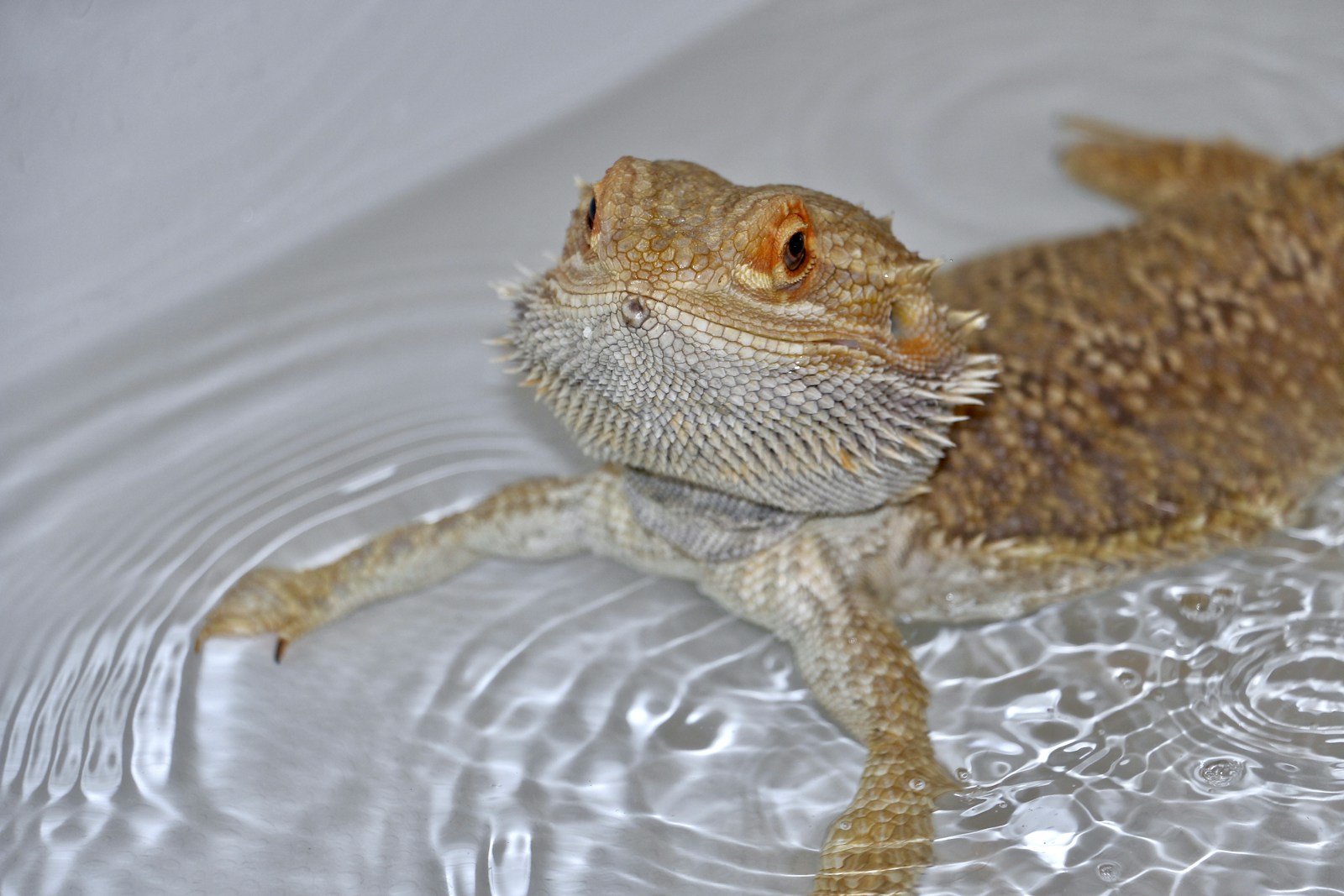

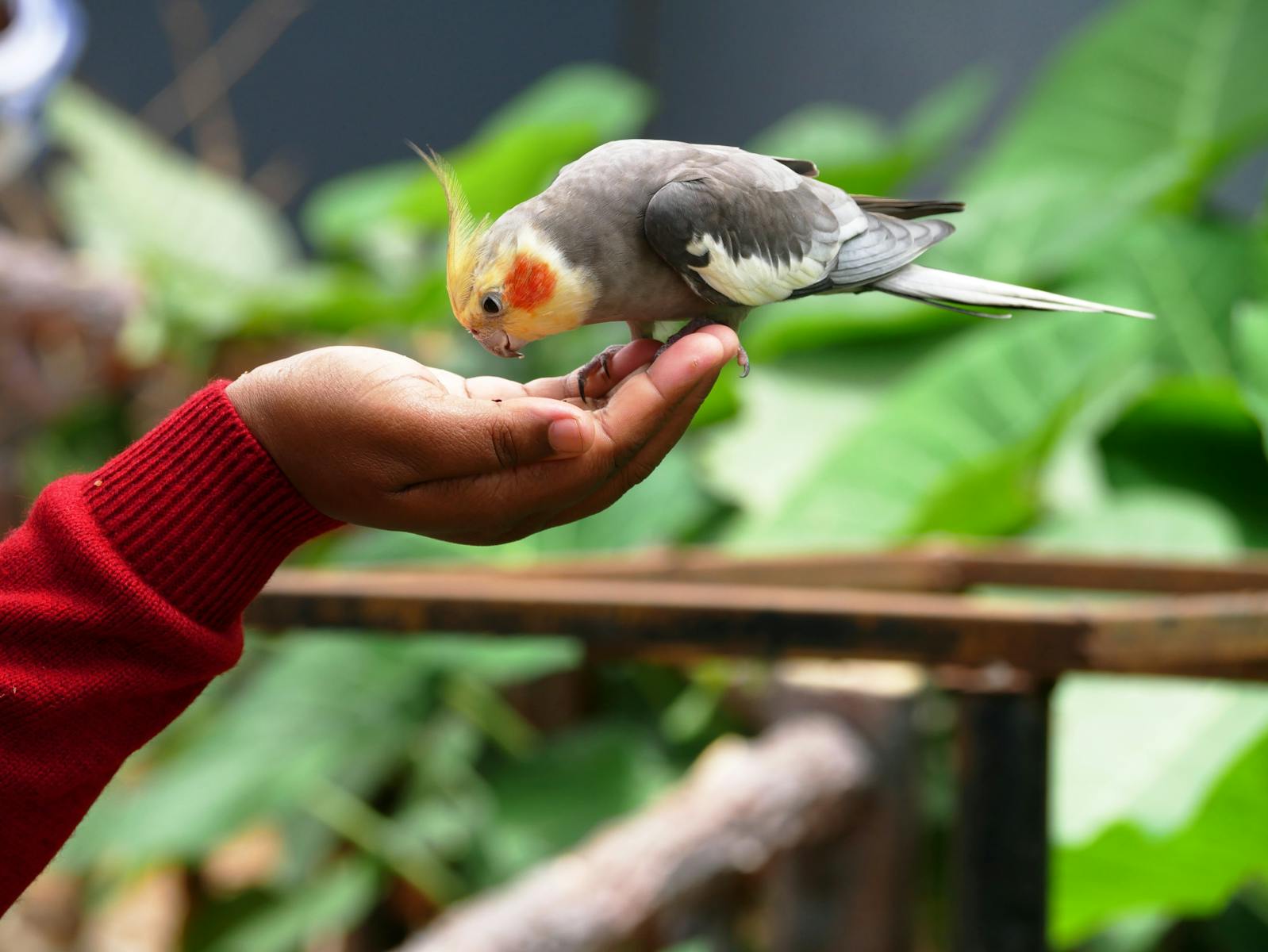

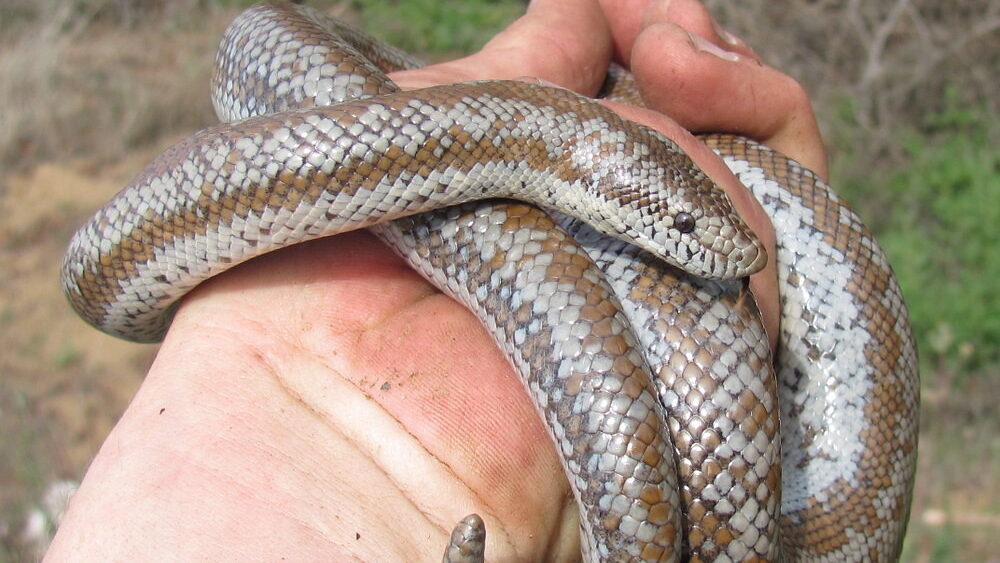


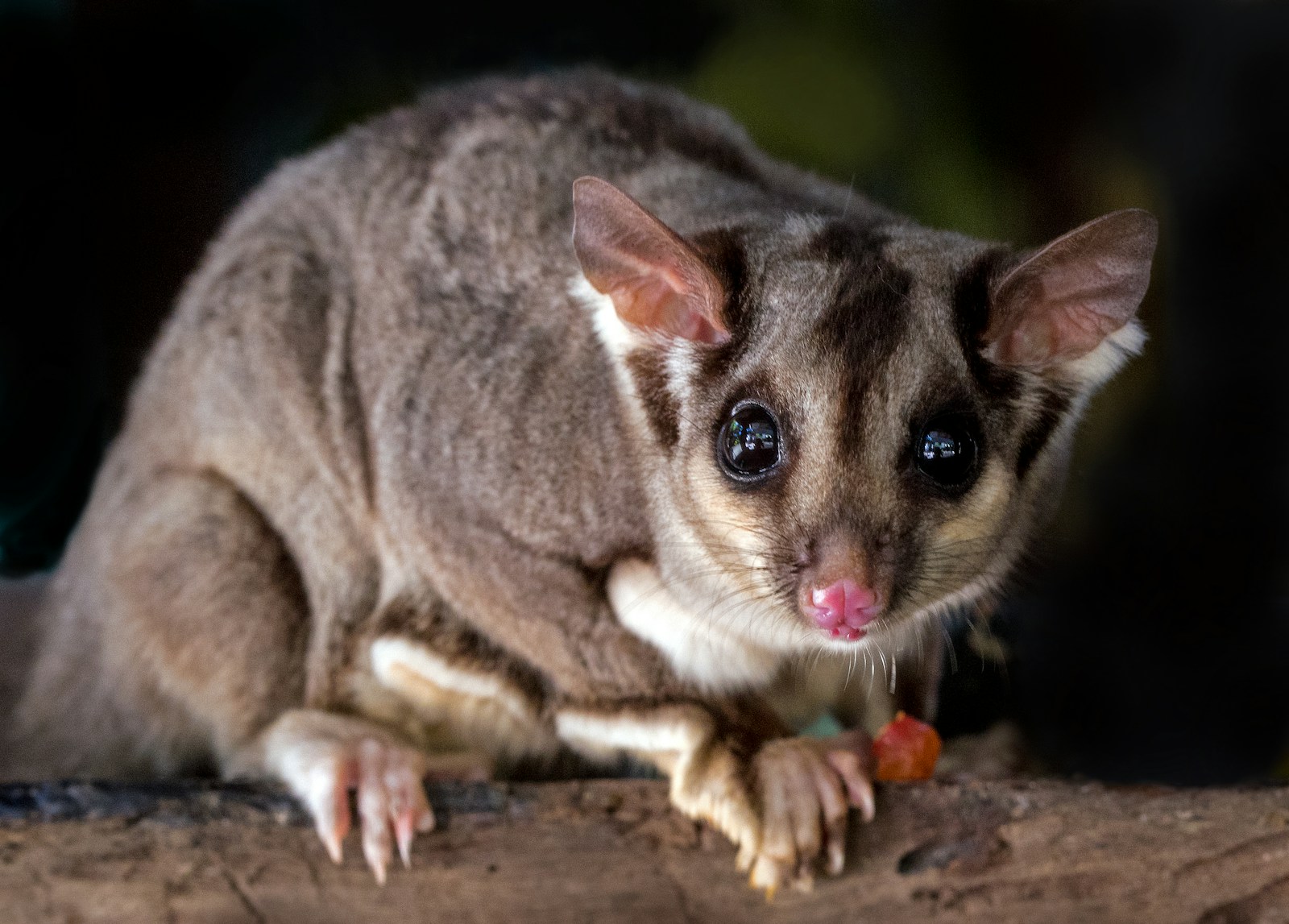
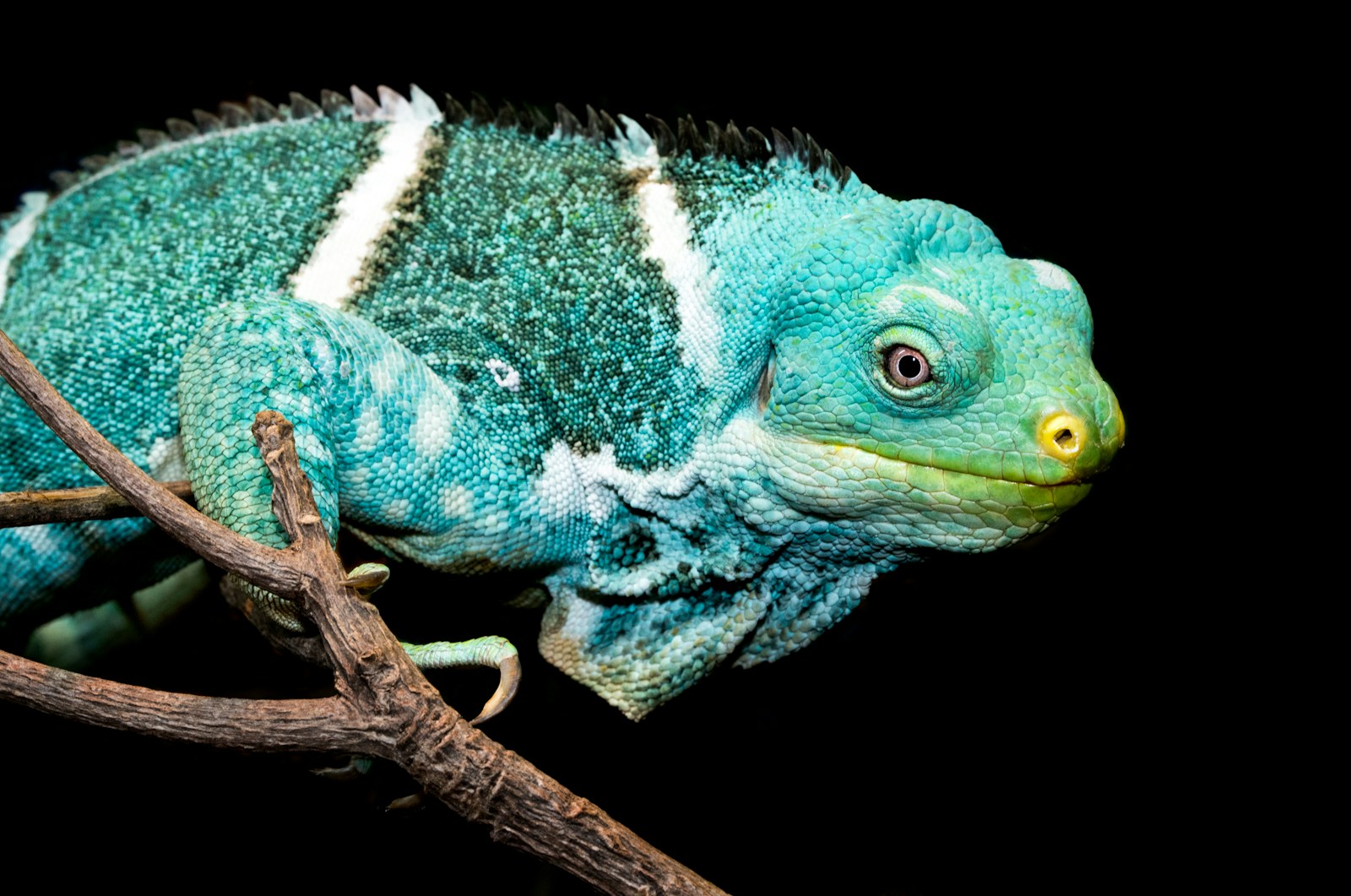
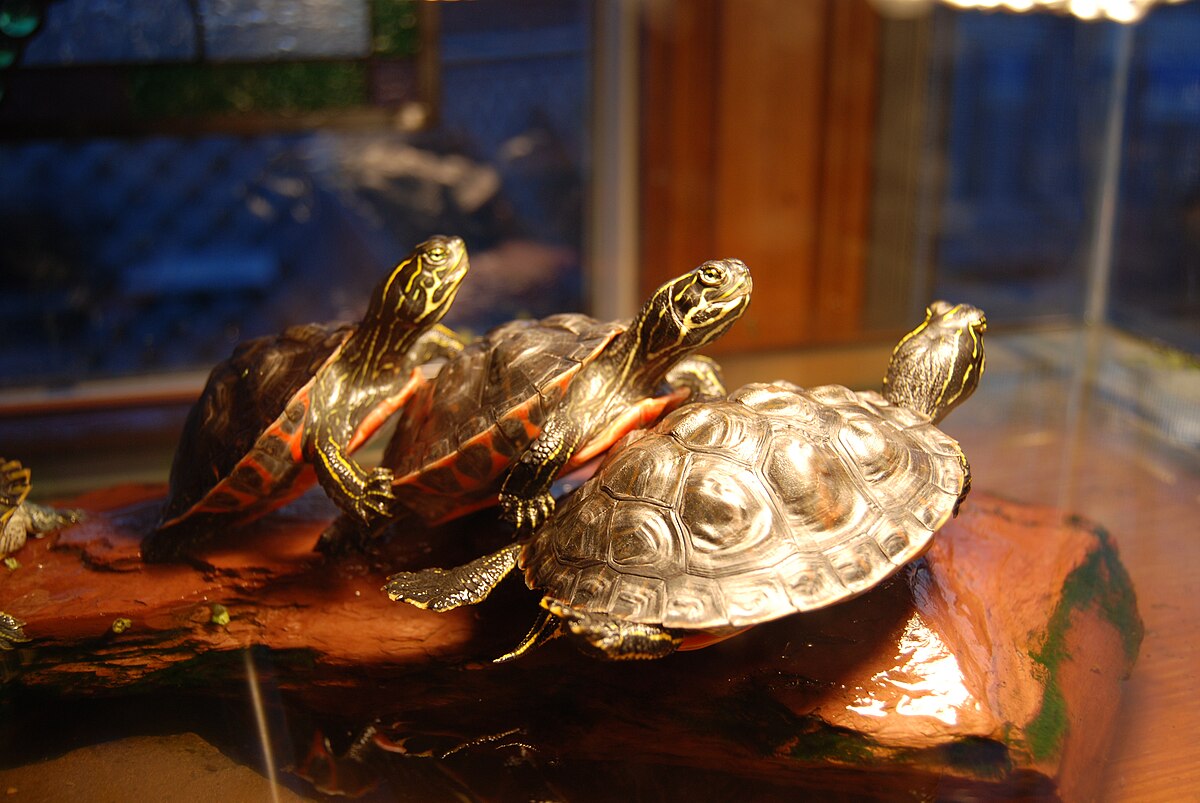




Leave a Reply